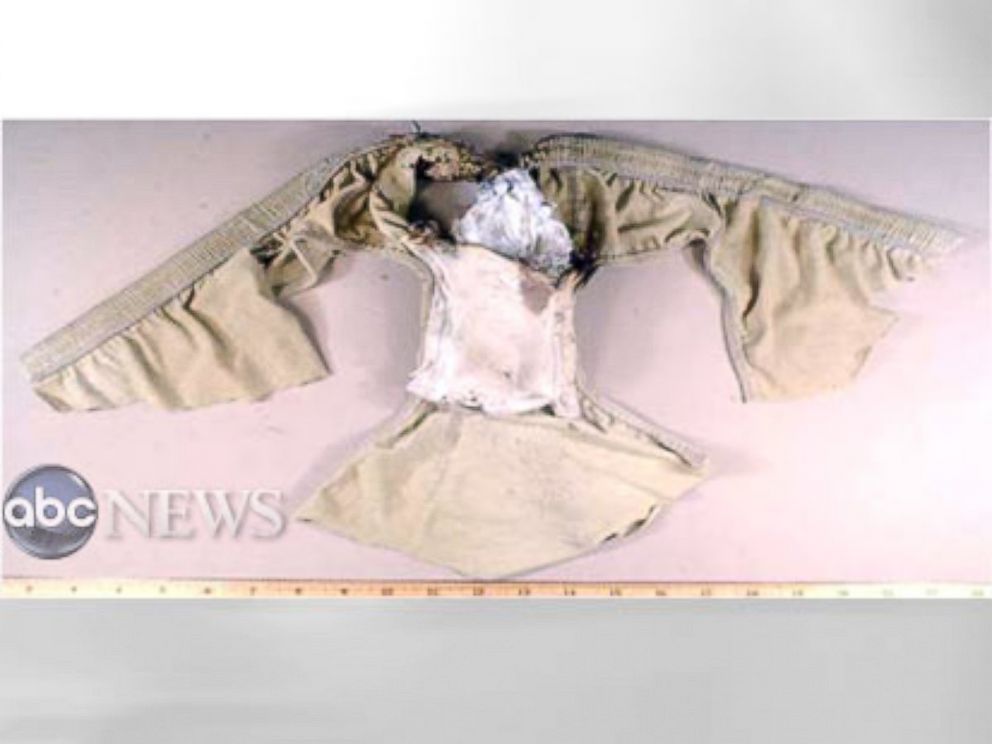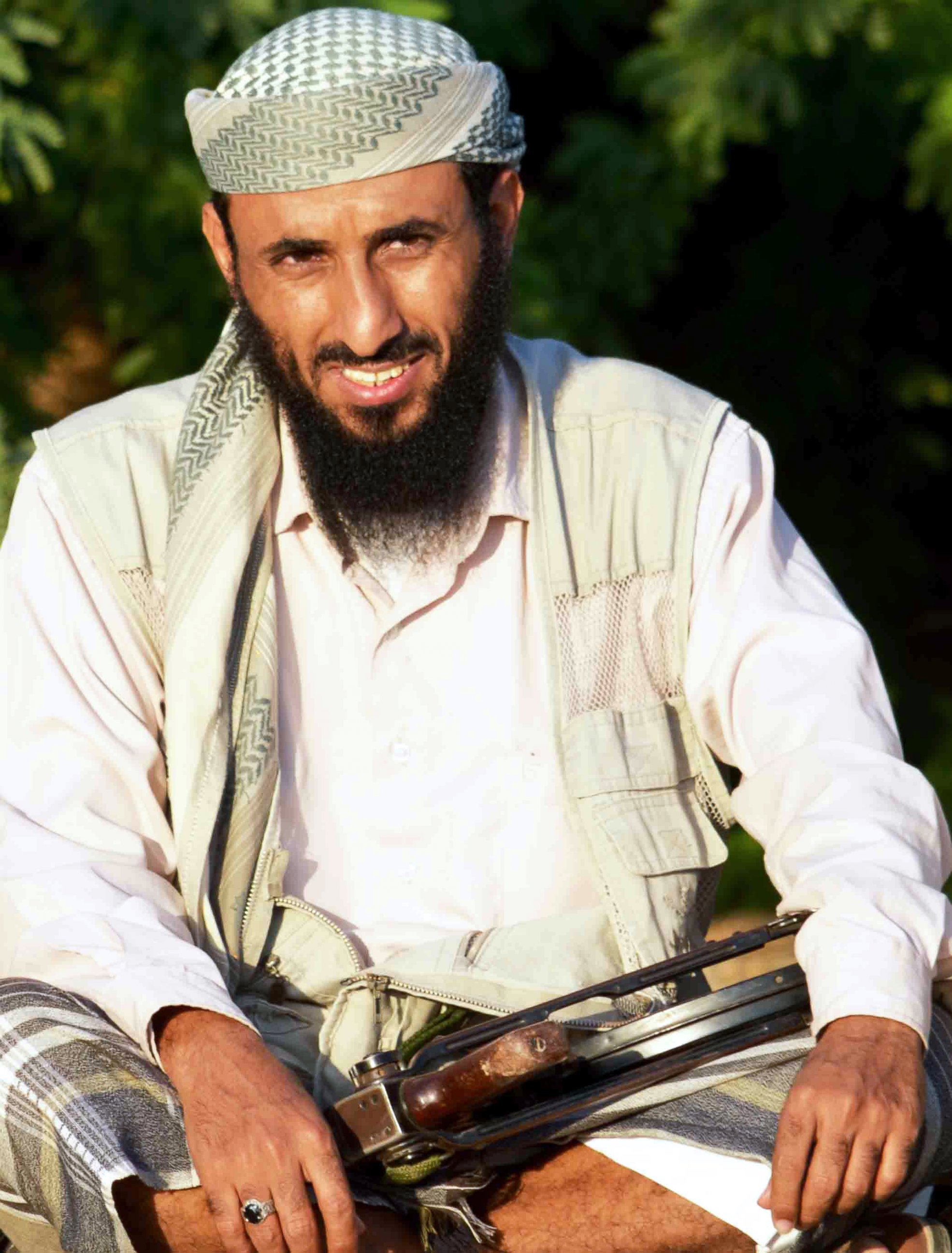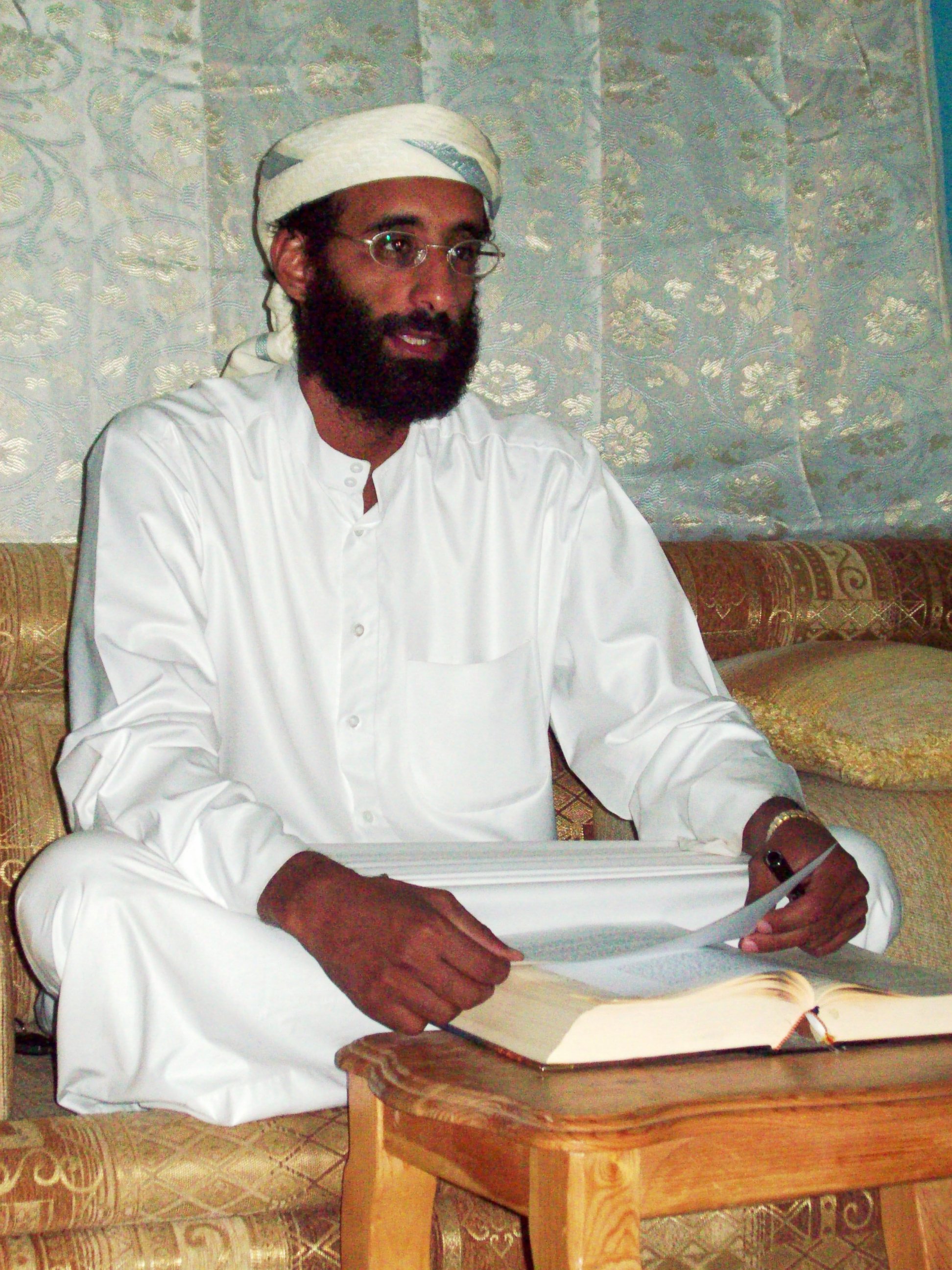What Is AQAP, the Terror Group Claiming Charlie Hebdo Attack?
AQAP says it plotted assault that killed 12 people in Paris.
— -- An al Qaeda affiliate overnight claimed that it ordered and financed last week’s massacre at the Paris offices of the French satirical magazine Charlie Hebdo as revenge for the magazine printing cartoons featuring the prophet Mohammed.
The terrorist group, AQAP, is based in Yemen, some 2,000 miles from where al Qaeda leader Osama bin Laden met his end in Pakistan in 2011. But it’s where some of the terror group’s most notorious surviving figures and dangerous bomb makers call home.
It’s AQAP that top U.S. security officials have said presents the greatest external terror threat to the American homeland – the same group behind sophisticated and narrowly-foiled airline bomb plots, and the group led by the man who may one day take over as leader of all of al Qaeda.

So what is AQAP?
Out of Yemen, Target: America, The West
Al Qaeda in the Arabian Peninsula (AQAP) was formed in early 2009 after a Yemeni faction of al Qaeda and Saudi extremists agreed to pool their terrorism talents and resources, according to the U.S. National Counterterrorism Center. The group, which declared its allegiance to al Qaeda “core” leader Osama bin Laden before his May 2011 death, started with local operations, but soon turned its attention to a “global strategy,” including several direct attempts to attack America.
The same year as AQAP’s founding, the terror group launched a nearly-successful operation to bomb an American airliner in Detroit. The Christmas Day 2009 attack only failed because the explosive device hidden inside the underwear of then-23-year-old Umar Farouk Abdulmutallab ignited, but failed to detonate.
“It’s very clear it came very, very close,” former Rep. Pete Hoekstra, R-Mich. and then-ranking member of the House Intelligence Committee, said at the time.

U.S. officials said AQAP followed that attempt up with another the next year, in which explosive-laden packages were meant to be sent by cargo planes to the U.S. and then detonated. That attack was foiled after the packages were intercepted in Dubai and England, thanks to a tip from Saudi intelligence.
In May 2012, reports emerged that a double agent, working with allied intelligence agencies and the CIA, had infiltrated AQAP posing as a suicide bomber and made off with an explosive device he was supposed to take on yet another U.S.-bound aircraft.
Who’s Cooking Up All These Plots?
AQAP is believed to be led by the wiry Nasir al-Wahishi, who the U.S. State Department says is “responsible for approving targets, recruiting new members, allocating resources to training and attack planning, and tasking others to carry out attacks.” The U.S. offers a $10 million reward for information leading to his capture.
Al-Wahishi has survived in the dangerous position as AQAP’s commander since 2009 and just last year seemed to poke a finger in the eye of U.S. intelligence by appearing in a video in the open before a large gathering of AQAP fighters.
“We must eliminate the cross held by the cross bearer America,” he told his followers.

The video appearance was answered days later with a barrage of airstrikes, which Yemeni officials said killed dozens of suspected AQAP members and a small number of civilians.
Al-Wahishi apparently survived, and U.S. counter-terrorism officials have told ABC News he could be the one to take on the mantle of leader of al Qaeda “core” in Pakistan following the current leader, Ayman al-Zawahiri.
But while al-Wahishi is at the top of AQAP’s command structure, U.S. security officials are equally, if not more concerned, about Ibrahim al-Asiri, identified as the terror group’s master bomb maker.
Al-Asiri is believed to have been the mastermind behind the airline bombing attempts on the U.S., as well as a particularly gruesome failed attempt on a member of the Saudi royal family in 2009. In that case, al-Asiri supposedly hid explosives in the rectum of his younger brother, who then attempted to detonate the device while in the presence of Saudi Prince Muhammed bin Nayif.
The explosion was apparently underpowered and only managed to kill al-Asiri’s brother, but as the State Department put it, “the brutality, novelty and sophistication of the plot is illustrative of the threat posed by al-Asiri.” The U.S. offers $5 million for information leading to al-Asiri’s capture.
Recently Western officials have said they are also worried about his protégés, including at least one Westerner, who are believed to have learned al-Asiri’s twisted techniques.
In the latest issue of Inspire, an English-language magazine produced by AQAP, the terror group provided its admirers with what experts called the most sophisticated, dangerous bomb-making technique yet, designed to bring down an airliner.
High-Profile American AQAP Members, Killed in Drone Strike
But better known in AQAP than al-Wahishi or al-Asiri, at least in American security circles, was Anwar al-Awlaki, an American citizen and a high-profile recruiter for the organization and the man whose name was invoked linked to the Charlie Hebdo massacre.
Born in New Mexico and educated in Colorado, al-Awlaki’s radical English-language sermons posted online propelled him to star status in jihadi circles. While living in America, Awlaki met with two future 9/11 hijackers and later, while living in Yemen, corresponded with Nidal Hasan, the U.S. Army major convicted of killing 13 people when he opened fire at the Army’s Fort Hood base in Texas in 2009.

President Obama authorized the military and U.S. to kill al-Awlaki in early 2010. Later the government said al-Awlaki also served as AQAP's chief of external operations.
Al-Awlaki responded to his name being added to the kill list with internet messages taunting President Obama and releasing a video in which he said jihadis do not have to ask permission to kill Americans.“Fighting the devil doesn’t require consultation or prayers seeking diving guidance,” he said then. “They are the party of the devils.”
Awlaki was killed in a CIA drone strike in September 2011 – the only American known to have been targeted in a strike under the Obama administration. Another American, however, was killed by coincidence in the same strike – AQAP member Samir Khan, the editor of an English-language AQAP propaganda magazine.
A third American, al-Awlaki’s 16-year-old son Abdulrahman, was killed in a separate drone strike in Yemen days later that the U.S. said targeted another militant nearby.Al-Awlaki’s name came up again last Friday when, just hours before they were killed by police, the two men who carried out the attack on Charlie Hebdo called up a local news station and said they were working on behalf of AQAP and had been financed by al-Awlaki. Overnight today, an AQAP official said in a new video that al-Awlaki had made “arrangements” for the attack.
“[Al-Awlaki] threatens the West both in his life and after his martyrdom,” the AQAP official says in the video.
How Is AQAP Related to ISIS?
In the shadowy world of global terror, it’s often hard to see who is on whose side and the case of AQAP and ISIS is no different. ISIS used to be an al Qaeda affiliate itself, but its leader, Abu Bakr al-Baghdadi, had a public, divisive falling out with al Qaeda leader Ayman al-Zawahiri.
Since, various al Qaeda affiliates have expressed varying levels of support or condemnation for ISIS. AQAP reportedly put out a statement in support of ISIS in August, but then in November, some of the group’s top clerics publicly rebuked al-Baghdadi and ISIS’s declaration of an Islamic caliphate.
The events in Paris have clouded the relationship further. AQAP claimed responsibility for the attack on Charlie Hebdo, but did not say they were behind another terror attack that week in Paris when French national Amedy Coulibaly killed a police officer and then four civilians at a kosher supermarket. In a so-called martyrdom video released after his death, Coulibaly told the camera that he was a member of ISIS and had “synchronized” his attack with the Charlie Hebdo shooters.
In their video overnight, AQAP briefly praised Coulibaly’s murders, but never mentioned ISIS’s name.
Why Does AQAP Care About Charlie Hebdo?
After a Danish newspaper published cartoons of the prophet Mohammed, many extremist groups that considered this an insult to Islam reacted violently and threatened the lives of the paper’s employees. After that Charlie Hebdo, the French satirical newspaper, repeatedly published similar cartoons featuring the prophet.
Morten Storm, a former jihadi who infiltrated AQAP for Western intelligence services, told ABC News that after the cartoon incidents, Charlie Hebdo became a target for the terror group. Anwar al-Awlaki, Storm said, effectively declared war on the publication.
In its new video, the AQAP official said last week’s massacre was revenge for the cartoons from followers who “roared out of rage." He said France had been warned.

Email the author at lee.h.ferran@abc.com.



